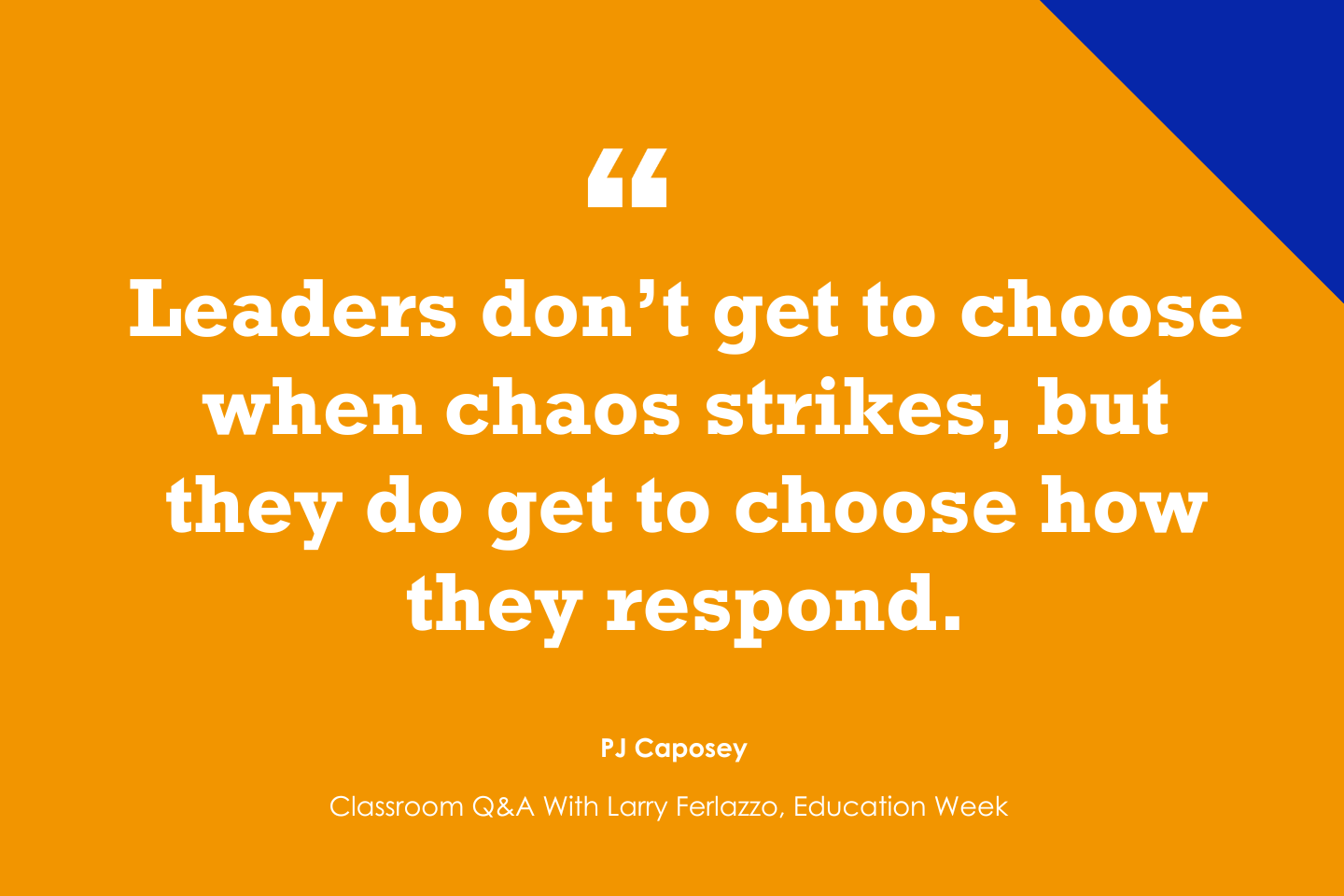Key points:
School-based health centers can foster supportive environments for children with unique needs like ADHD
Leveraging AI to help special education teachers
Here’s how schools can better support neurodiverse students
For more news on unique student needs, visit eSN’s Innovative Teaching hub
It’s officially back-to-school time, where ideas are nurtured, knowledge and curiosity thrive, and life-long friendships are forged. Yet, for many students, school is also a place where the challenges of ADHD are put on full display. For parents and teachers, addressing these challenges requires a multi-faceted approach that combines thorough and adequate testing, open communication, and proactivity.
A holistic approach to student health
The implementation of school-based health centers (SBHCs) is fostering a supportive environment for children with unique needs like ADHD. Traditionally, healthcare and education entities have existed in separate realms. However, the recent global mental health crisis calls for a more interconnected approach. These centers have emerged as hubs for comprehensive primary care and behavioral health services. The rise in SBHCs signals a move in the right direction and acts as a bridge between educators and parents. This strategic partnership creates an environment conducive to learning and growth while nurturing each child’s potential.
“SBHCs provide primary care and behavioral health services for students with Medicaid, no insurance, and occasionally private insurance on school campuses nationwide,” says Ashlea Johnson, LCSW at Summit Mental Health Services and clinical advisor at Qbtech. “The ability to collaborate with educators alongside the family system is an incredible boon for the students.”
The collaborative nature of SBHCs allows clinicians to dive into each student’s specific needs, creating a personalized curriculum extending beyond medical checkups. For example, clinicians at a Colorado-based SBHC incorporate more technology, like objective ADHD testing, to design effective accommodation plans. By harnessing technology-driven testing tools, educators can tailor strategies that enhance school performance and behavior in the classroom with peers.
As the educational landscape continues to evolve and embrace these changes, it also highlights the impact ADHD can have in the classroom. From a parent’s perspective, these challenges can affect their child’s entire school experience, which is why having central healthcare centers equipped with better technology is crucial to student success.
How parents can help
The impact of ADHD on a child’s education is profound. The constant transitions, including moving between classes to varying schedules and new routines, can exacerbate an already stress-ridden child. Parents often find their children struggling to focus in this ever-changing environment and wonder how to lessen the burden.
Parents can play a pivotal role in equipping their children with the right tools to navigate these challenges successfully:
Early planning and communication. Starting conversations early leading up to the first day back can lessen the upcoming anxiety. Discussing teachers, routines, and new friends can prepare your child for what’s ahead.
Role-playing. Engaging in role-playing scenarios can boost your child’s confidence in social settings. Parents can simulate conversations, providing the child with practical tools for making friends, speaking to teachers and more.
A letter to teachers. Collaborating with teachers is crucial. Crafting a letter introducing your child, their accommodation needs, and strengths and weaknesses due to ADHD can familiarize the teacher, helping create a supportive classroom environment.
Familiarization visits. A field trip to the school or classroom before the year starts can ease stressors and make it less intimidating.
Establish routine. Ensure you have established a consistent routine well before the school year starts, from bedtime to breakfast, to provide a sense of stability your child can come home to.
Get a medical opinion. Seek a doctor who is competent in ADHD. While starting with a pediatrician or primary care provider is common, parents should seek a specialist with expertise in ADHD diagnosis and management, including objective testing.
Navigating proper accommodations can also be daunting due to the differing policies across individual schools and districts. For parents seeking to secure services for their child, it’s vital to get an outside medical evaluation that acknowledges ADHD as a medical condition to be used alongside the school evaluation. Choosing a provider who offers comprehensive assessments using subjective and objective measurements and having that data to support the diagnosis can bolster the case for accommodations and provide a clearer picture of the child’s needs.
It’s worth noting each child is unique, and what works for one may not work for the other. Children often possess a deep understanding of their needed accommodations, whether stepping outside the classroom for fresh air or having a quiet place to go for a break when frustrated. Teachers making simple tweaks to their classroom–like seating arrangements, stress balls, or even treadmills–can significantly impact a child’s ability to concentrate and engage.
A glimpse into the future
As we look ahead, the future of SBHCs seems bright, and the need for such places will likely increase as schools recognize the synergy between emotional well-being and academic success. Technology will play a significant role as well. Tools like objective ADHD assessments can boost classroom performance and behavior by being the anchor on which diagnosis and management lie. The data-driven insights can empower educators and clinicians to craft even more tailored plans, ensuring each student receives what they require. This fusion of education and healthcare will continue to redefine student success, reshaping the education landscape for good.
For parents and teachers, addressing the challenges of ADHD in students requires a multi-faceted approach that combines thorough and adequate testing, open communication, and proactivity. Featured on eSchool News, Innovative Teaching, Students with Special Needs, back-to-school, challenges, children, communication, Education, implementation, IT, open, parents, school eSchool News









